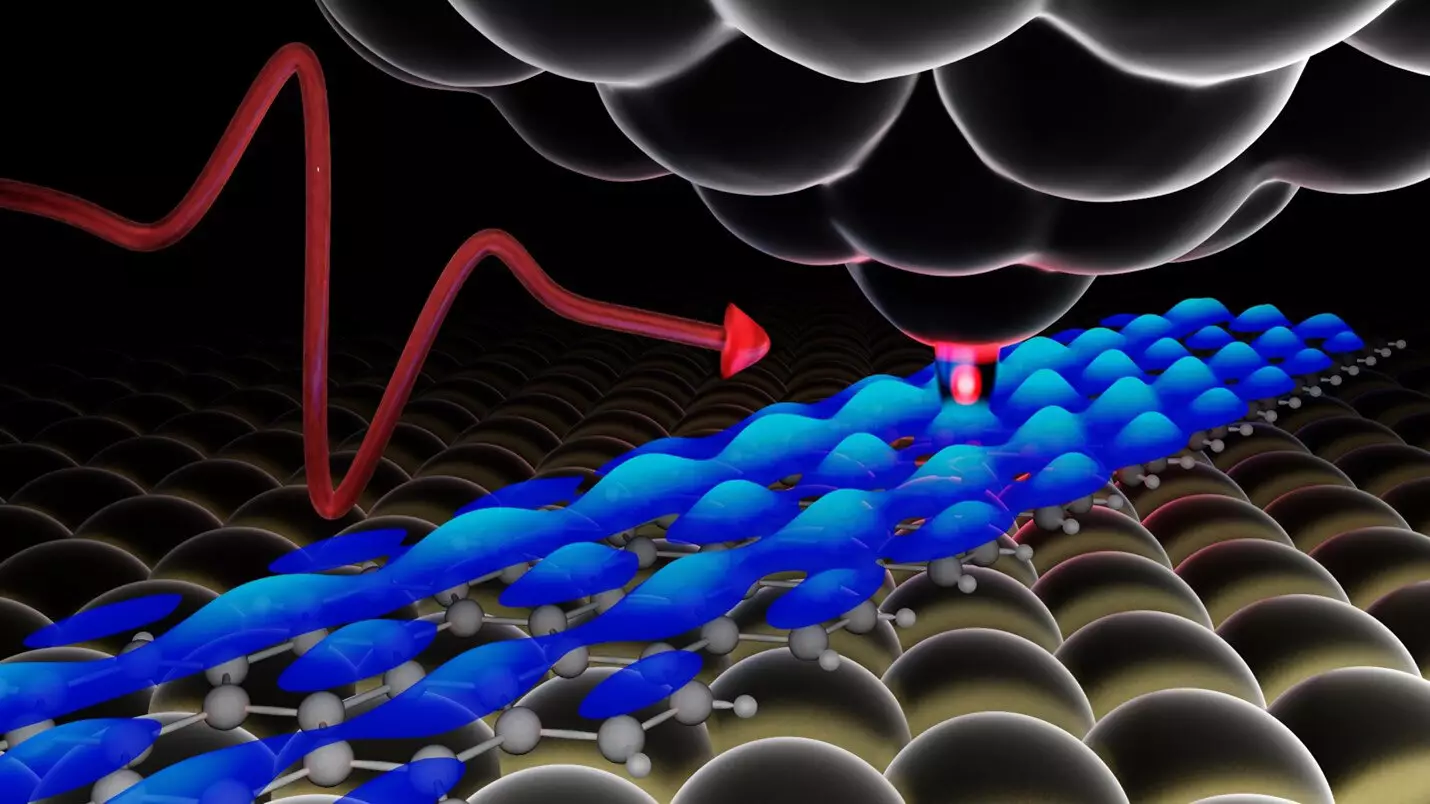As technology continues to evolve at a rapid pace, the need for smarter and more powerful electronics in smaller devices has become increasingly prevalent. With this demand, the challenge of analyzing the materials that make up these devices with precision has become a focal point for researchers. Physicists at Michigan State University have made significant strides in this area by combining high-resolution microscopy with ultrafast lasers. This innovative technique, outlined in the journal Nature Photonics, allows researchers to identify misfit atoms in semiconductors with unparalleled accuracy.
Semiconductor materials often contain atoms that are labeled as “defects,” which play a critical role in the performance of these materials. While defects may sound negative, they are intentionally introduced into semiconductors and are essential for the functionality of devices such as computer chips. As nanoscale structures become increasingly common in electronics, the precise location and behavior of these defects are crucial for optimizing electron motion within these materials.
In the realm of semiconductor research, nanoscale electronics are considered the future of technology. As electronic components continue to shrink in size, ensuring that electrons can move efficiently within these structures becomes paramount. Defects within semiconductors significantly impact electron motion, making it essential for scientists to pinpoint their exact locations and characteristics.
The research conducted by Tyler Cocker and his team at Michigan State University introduces a new approach to detecting single-atom defects in semiconductors. By utilizing a scanning tunneling microscope (STM) combined with terahertz laser pulses, the researchers were able to achieve unprecedented sensitivity in identifying defects within gallium arsenide samples. This breakthrough technique provides a level of precision that was previously unattainable, marking a significant advancement in material analysis.
Traditionally, scanning tunneling microscopes have been used to visualize atomic structures without physically touching the sample’s surface. However, these tools often struggle to clearly resolve defects within semiconductor materials like gallium arsenide. By integrating terahertz light waves with the STM, Cocker’s team created a powerful probing mechanism that can detect defects with exceptional accuracy. This innovative approach allowed researchers to identify silicon defect atoms within gallium arsenide samples, shedding light on a long-standing challenge in semiconductor physics.
The successful implementation of this new technique opens up a world of possibilities for semiconductor research. By combining STM technology with terahertz light, researchers can explore a wide range of materials beyond gallium arsenide and uncover hidden defects in various semiconductor compositions. As this cutting-edge methodology becomes more widely adopted within the scientific community, the potential for new discoveries and advancements in material analysis is limitless. Tyler Cocker and his team’s pioneering work in the field of nanoscale electronics is paving the way for a new era of semiconductor research.



Leave a Reply